Originally posted by GChilders
View Post
And if we add the mechanical bouncing of a spring mounted brush...at every air gap...then we start complicating the "scenario" even more...

What I have done before and had excellent results is to install a 1K resistor from segment to segment...this, besides reducing sparking/arcing a lot...if we add them just at bottom commutator the output voltage increases quite some...

So far the "Clean CAD's" Diagrams could never predict the actual issues found in every real development...
We are working from neat and clean theories when it comes to designs...then find the unpredicted results from reality.
Regards
Ufopolitics

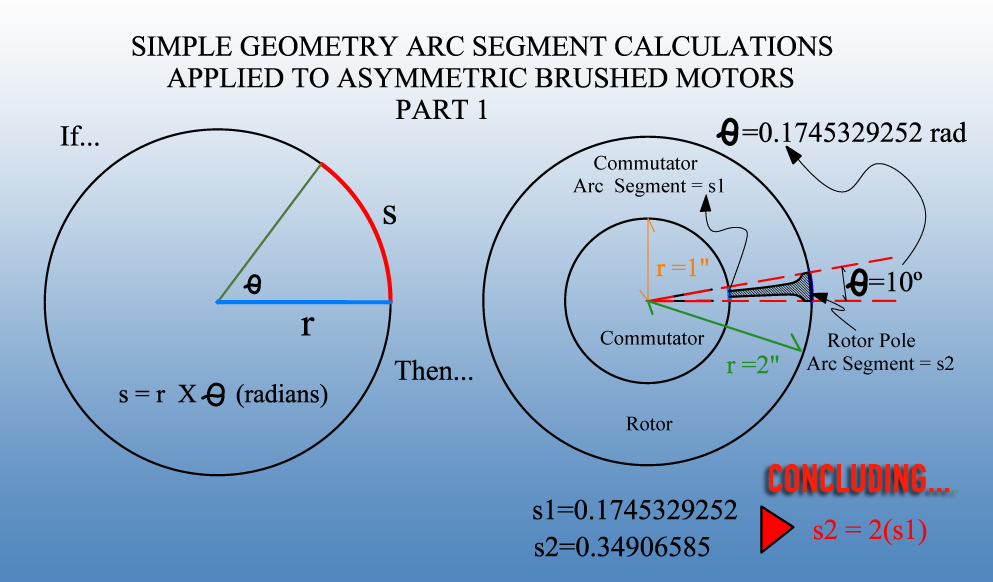
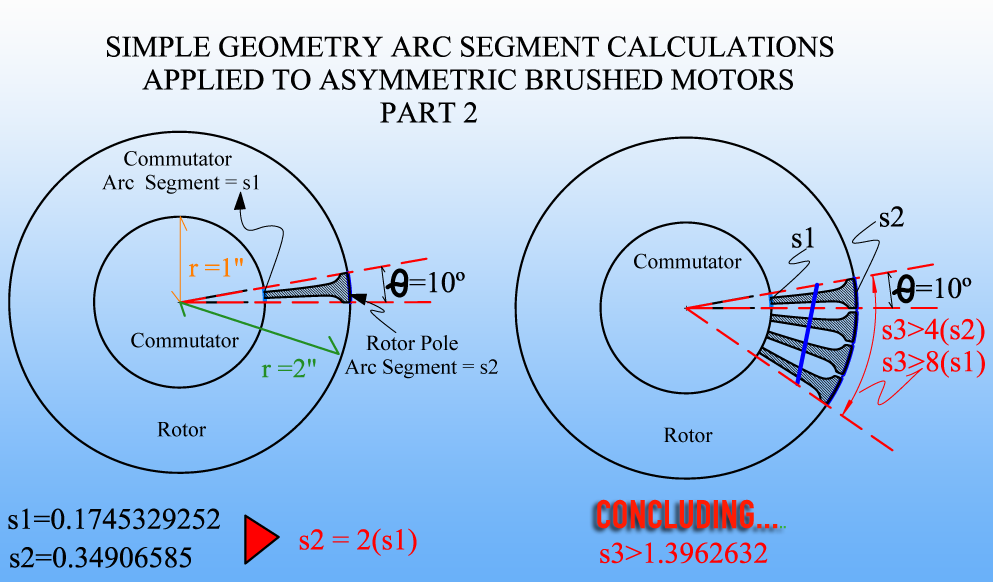
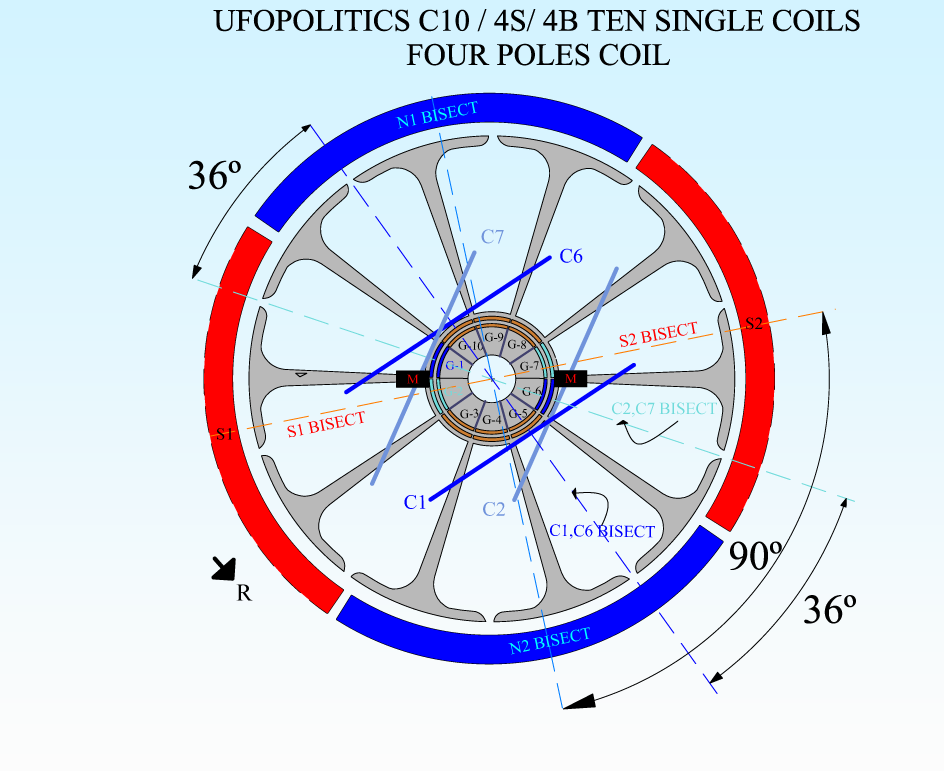
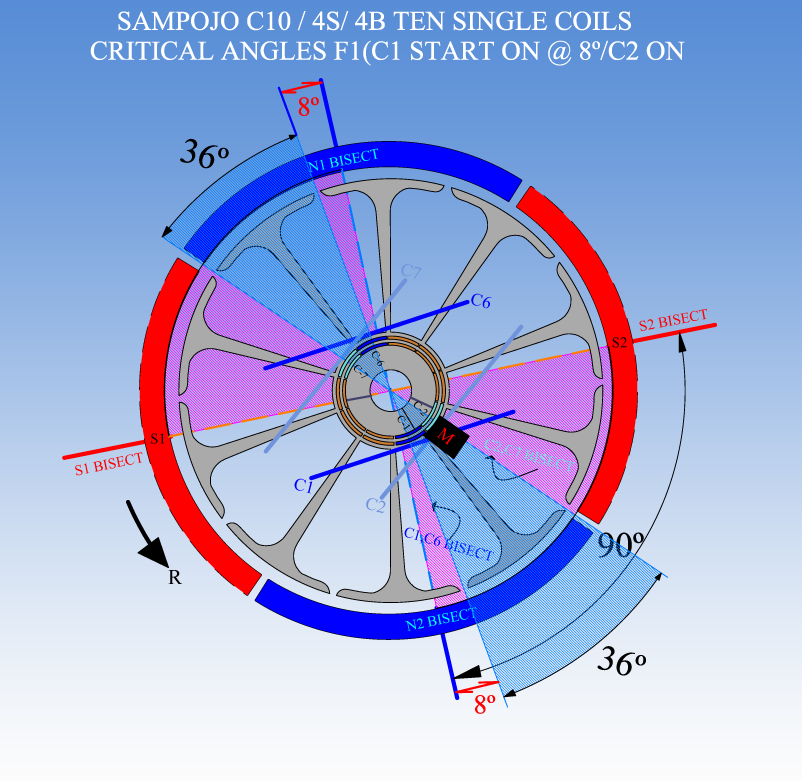

 This is really becoming funny now!!...Well then...let's get into the small, very small details in reality...
This is really becoming funny now!!...Well then...let's get into the small, very small details in reality...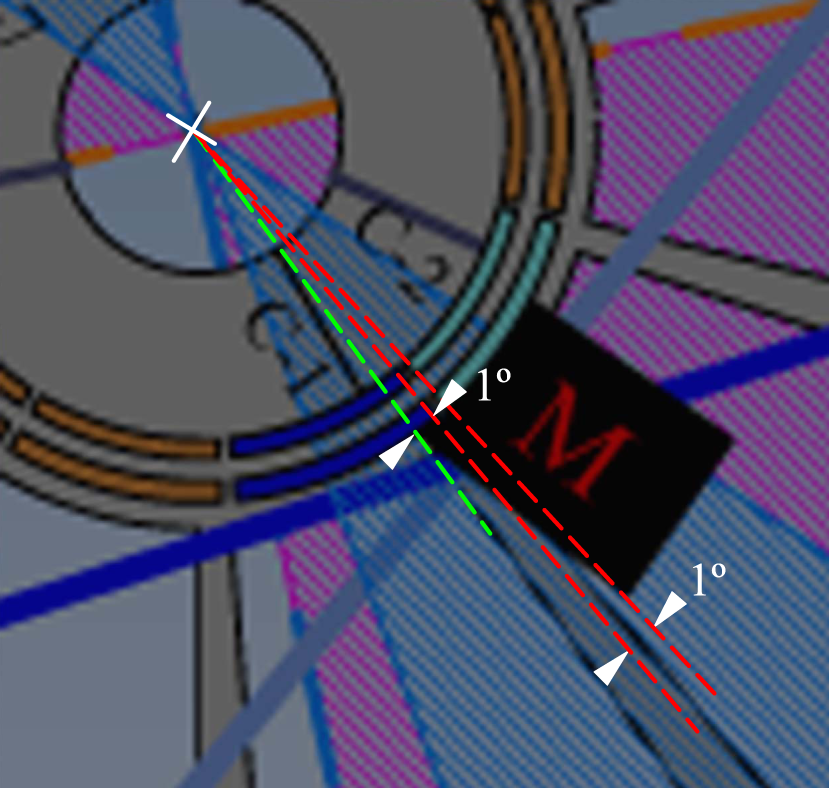


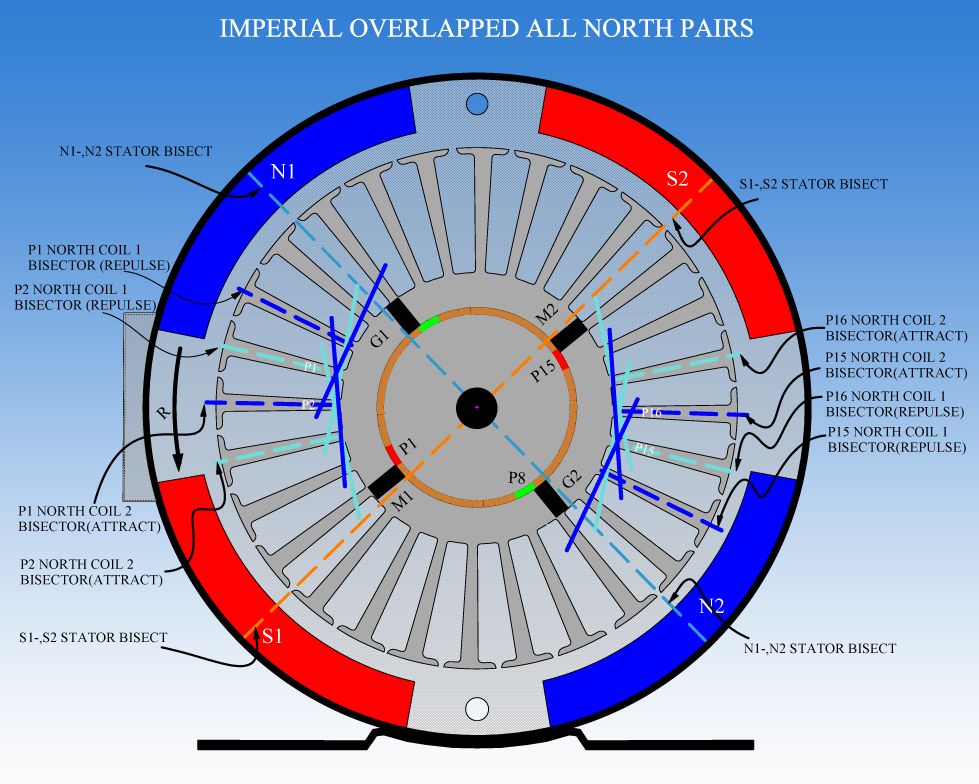

Comment